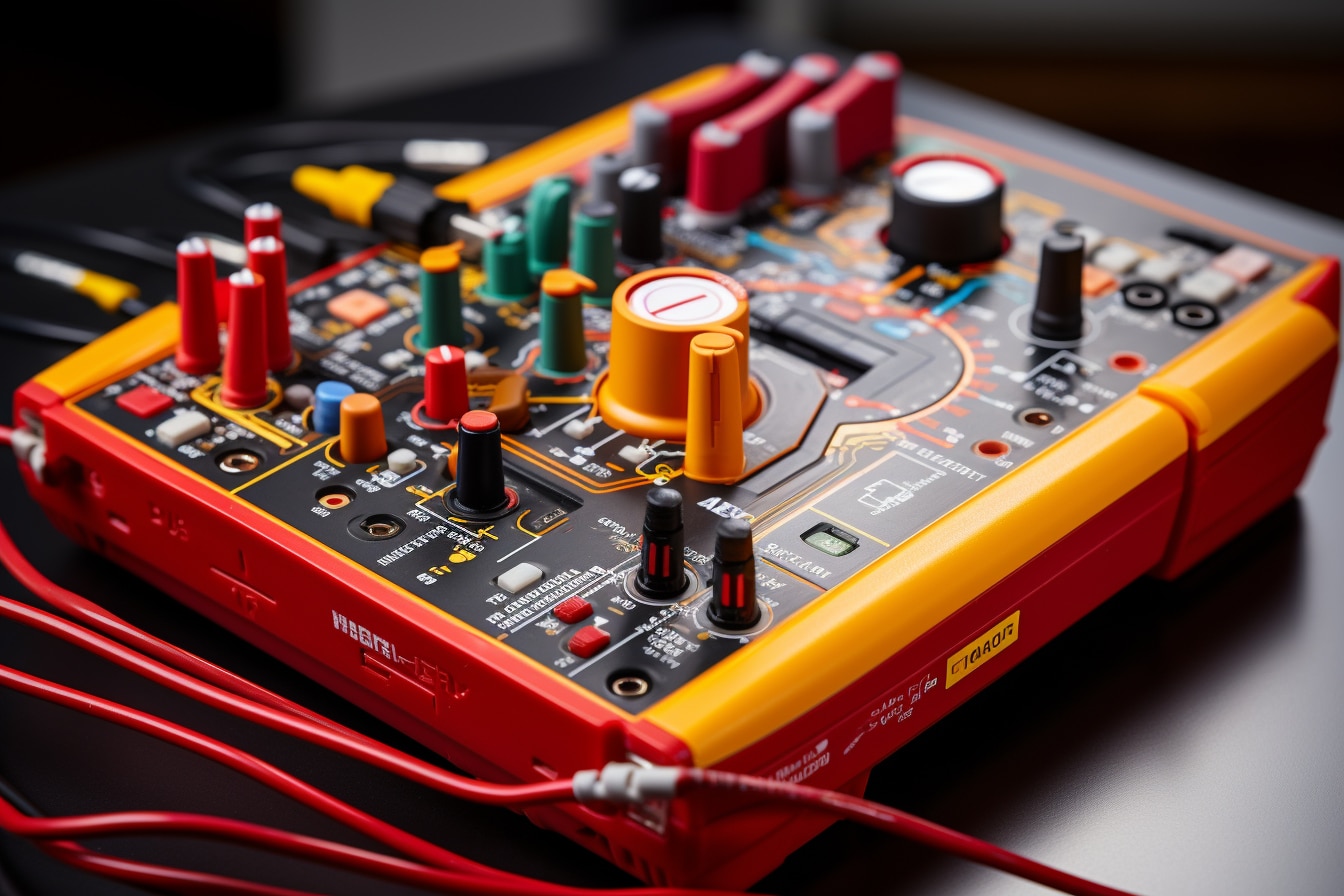Decoding Relay Issues: A Beginner’s Guide to Identifying Faulty Relays Without Expertise

Every DIY enthusiast, every amateur technician has been confronted, at some point, with the puzzle of checking that a relay is working properly. This small device that allows you to control a high-power circuit with a small source of energy is often at the heart of many electrical failures. If you experience malfunctions on an electrical circuit, it is possible that the culprit is the relay. But how do you know if a relay is out of service without being an electrical expert? Here is a simple, effective and accessible method for everyone to get to the bottom of it.
The principle of the electrical relay in brief
To fully understand how to diagnose a relay, it is essential to start by defining what this device is and briefly understanding how it works. In simple terms, the relay is a controlled electrical switch. It generally consists of a coil and one or more contacts. When a current flows through the coil, it creates a magnetic field which attracts the moving contact and closes the circuit.
The relay is an ingenious system that isolates the control circuit (the coil) from the power circuit (the contacts). Thanks to it, you can control a large device with a simple button. Suffice to say that when the relay malfunctions, it can cause big problems.
Spot the signs of a faulty relay
Before you even open your toolbox to check the relay, certain symptoms may already alert you. A device that no longer works at all, that operates intermittently, that turns on but certain functions are blocked, are all signs of a possible relay malfunction. A relay that makes noise or heats up can also be a sign of failure.
The relay test: an easy method to perform
To find out if your relay is indeed defective, here is a simple method that does not require advanced electrical knowledge. This is a practical test that you can do yourself at home.
Necessary material :
- A multimeter (an electrical measuring device)
- Two wires with crocodile clips
- A 12V power supply (like that of a car battery)
The step-by-step procedure:
- Identify the relay terminals : On the relay shell, you should see a series of numbers corresponding to the relay terminals. The two numbers (85 and 86 for example) correspond to the coil. The other two (30 and 87 generally) correspond to contacts.
- Perform the continuity test: Set your multimeter to resistance measurement mode (ohmmeter). Connect the two leads from your multimeter to the two terminals on the coil. If the multimeter displays resistance (generally between 50 and 120 ohms), the coil is in good condition. If the multimeter shows nothing, the coil is probably burnt out, and the relay is therefore out of service.
- Perform the conduction test : Maintain contact between the multimeter set to ohmmeter and the coil, and apply a voltage across the coil with your 12V power supply. Be careful to respect the polarity indicated on the relay. If the relay is in good condition, you should hear a click meaning the contact has closed. If your multimeter does not detect a change in resistance, the relay is faulty.
That’s it, now you know how to determine if a relay is out of service without needing advanced electrical skills. Of course, every relay is different and fault symptoms may vary, but this method is generally reliable for most commonly used relays.
If in doubt, do not hesitate to consult a professional. Electricity is an area that requires caution. It is better to seek help from an expert rather than taking unnecessary risks.
Comments
Leave a comment